Every year, thousands of wild birds find their way into our homes. If you think you have a bird stuck in your basement, you need to know what to do for the safety of the bird and yourself. As a precautionary measure, it is best to take swift action and understand the proper methods of getting rid of a bird in your basement.
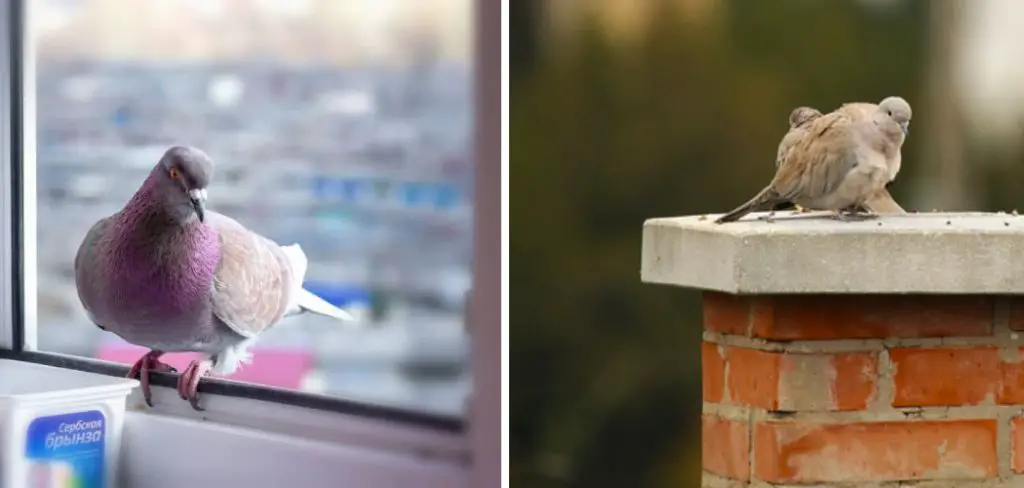
One of the main advantages of knowing to get a bird out of your basement is that it can save you money. If you know the proper techniques, you won’t have to hire an animal control expert or pay other expensive fees associated with getting rid of birds in a basement. This will not only save you money but also allows you to take care of the problem yourself in a humane way. In this blog post, You will learn how to get a bird out of your basement.
Step-by-Step Processes for How to Get a Bird Out of Your Basement
Step 1: Inspect the Basement
Look around the basement area and ensure there are no access points or openings for the bird to fly through. These should be sealed off with thick materials such as wood or netting if any exist. If you cannot identify an entry point, proceed to step two.
Step 2: Make Noise
If you have located an opening, it is best to start making loud noises in the area. Birds are naturally scared of loud noises and will attempt to fly away from it, so try clapping your hands or banging on a pot near the opening. If you cannot make a loud noise, use a large blanket or sheet to cover the opening. This will block light and make it difficult for the bird to get out, as most birds do not like being in dark places.
Step 3: Place a Box with an Open Top Nearby
Once you have blocked off the opening, place a box with an open top near the area. This will make it easier for birds to fly into and out of the box, as they feel more secure in enclosed spaces. Now that you have set up your plan, all that remains is waiting for the bird to enter the box. This can take a few minutes to a few hours, so be patient and do not disturb the bird during this time.
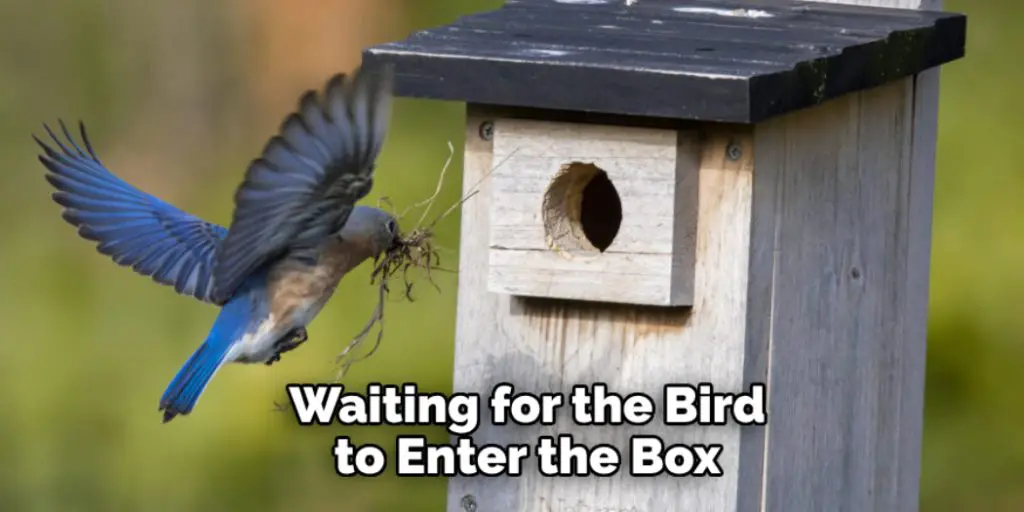
Step 4: Securely Close the Box
Once the bird has entered the box, close it securely by taping or tying the lid. This will ensure no chance for the bird to escape while you are transporting it. Now that the box is secure, it is time to take it outside and release the bird into its natural environment. Make sure to do this in a place with plenty of trees and other vegetation for the bird to find shelter.
Step 5: Re-inspect the Basement
Once the bird has been safely released, take some time to inspect your basement area once again for any potential openings. Make sure to seal off any that you find to prevent this from happening again. Make sure to pick up and dispose of any materials you may have used in your attempt to catch the bird. This includes any blankets, sheets, boxes, or nets you may have used.
Now that you know exactly getting a bird out of your basement, you can rest assured that this is not a difficult task and can be done safely and humanely. Remember always to take care when handling birds, as they are delicate creatures.
Safety Tips for How to Get a Bird Out of Your Basement
- Wear protective clothing (gloves, goggles, etc.) to protect yourself from bites or scratches when handling the bird.
- Ensure the room is dark and quiet when attempting to capture the bird.
- Securely open a door or window for the bird to fly out of instead of attempting to do it yourself, as this can cause the bird to become further agitated.
- Do not try to grab or catch it yourself, as this could be dangerous for you and the animal.
- If possible, block off access to areas of your house that are unnecessary for capturing the bird (i.e., pet areas, bedrooms).
- Allow the bird time to get comfortable in its new environment before trying to capture it.
- Contact a professional wildlife removal service if the bird cannot be captured or you are worried about further safety risks.
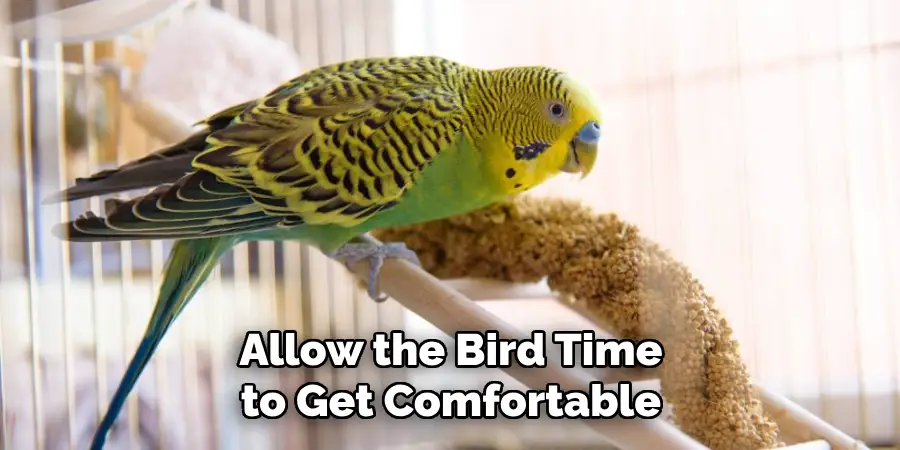
These steps should help make sure that everyone remains safe during this process and that the bird can find a way out of your basement on its own. Following these safety tips ensures the bird in your basement can fly away to its next safe home.
Are There Any Potential Dangers That Could Harm the Bird (I.e., Pets or Other Animals)?
If there are any potential dangers in the basement, like pets or other animals, it is essential to remove them first. This will help ensure the bird can safely fly away without harming another animal. Additionally, if you have cats or dogs on your property, keeping them inside is important until after the bird has been removed from your basement. Before you set the bird free, it’s vital to ensure the environment is also safe for it outside. Check your yard for predators or unsafe areas before releasing the bird.
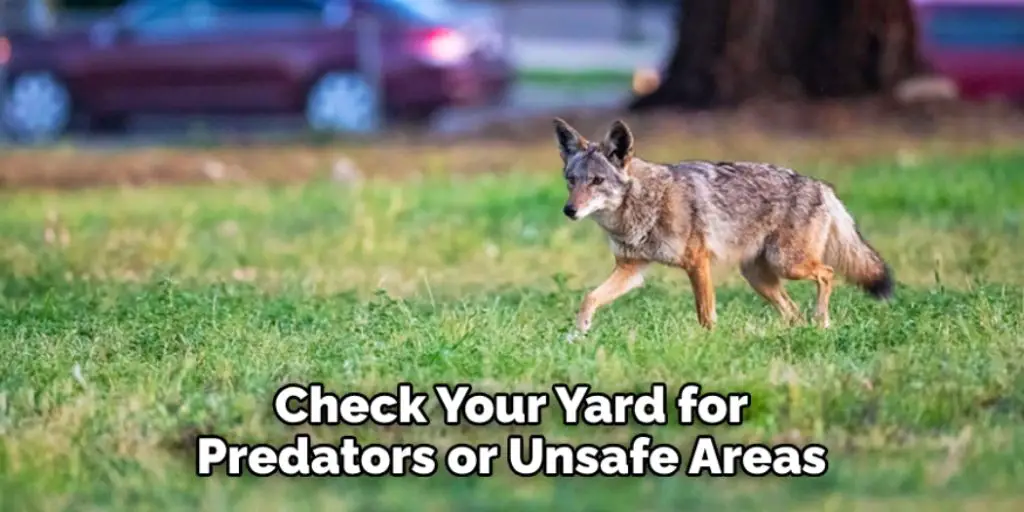
If you notice any dangerous areas, try to block them off or find an alternate way of getting the bird out of your basement. When setting a bird free, it is important to remember that the bird may not immediately fly away. Instead, take the time to observe the bird and make sure it can safely navigate its way out of your yard and find a safe place. If the bird cannot escape easily or appears lost, contact an animal rescue organization for help.
Do You Need to Call a Professional for Help?
Getting a bird out of your basement can be tricky, but it is possible. Before removing the bird alone, consider whether you need professional help. For smaller birds like sparrows and finches, attempting to get them out yourself may be feasible. However, larger birds such as owls or hawks should only be removed by experienced wildlife professionals.
If you decide to get the bird out yourself, take some basic safety precautions. Wear protective gloves or clothing if the bird attempts to bite or scratch you. Additionally, avoid cornering or scaring it into a corner, as this can cause extreme distress and make it more likely to attack you.
Once you’re prepared, it’s time to remove the bird from your basement. Open any windows or doors that may provide an escape route for the bird. You can also encourage it to fly out by moving it with a broom, being careful not to corner it and scare it away.
What Type of Environment Does the Birds Need to Be Safe and Healthy?
If the bird you found in your basement is wild, it may require an environment that mirrors its natural habitat. This includes providing proper shelter, food sources, and protection from predators. Depending on the species of the bird, it might also need certain temperature requirements and humidity levels to survive. Suppose the bird is not native to your area. In that case, it may be necessary to introduce it to a wildlife rehabilitation center to ensure it receives the best care possible.
Additionally, if the bird is a pet or has been previously domesticated, its surroundings should be altered to suit its specific needs. This can include providing safe and enclosed areas for it to roam and food sources designed specifically for birds. It is also important to ensure that the bird has access to fresh water and regular baths or showers, as these can provide essential nutrients and aid in maintaining a healthy coat.
Is the Bird Healthy?
You can get the bird out of your basement without too much trouble if the bird is healthy. The first step is to catch the bird by hand. Make sure that you’re wearing a pair of gloves so that you don’t injure yourself or the bird. Then, put the bird inside a box or other suitable container. Once it is secured in the box, take it outdoors and release it somewhere safe.
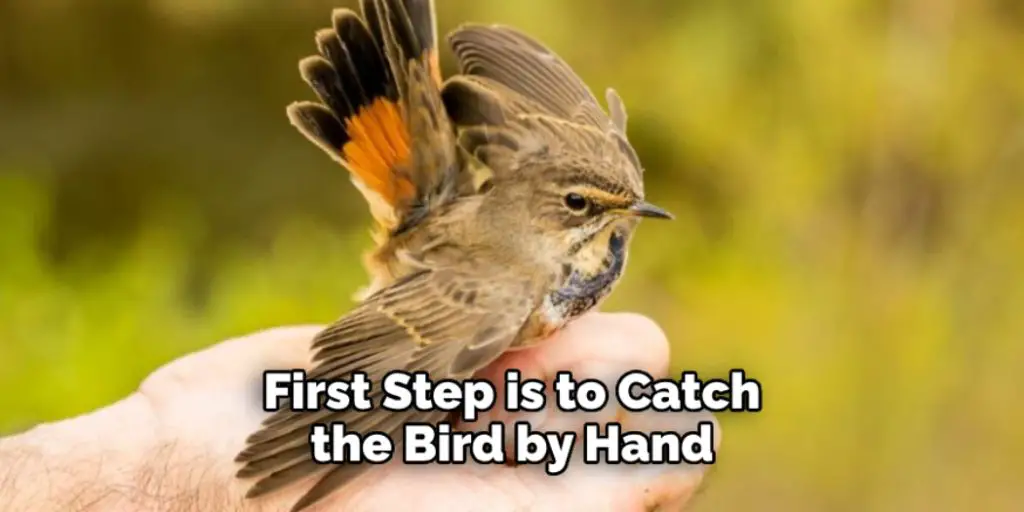
If you can’t catch the bird by hand, another option is to try using humane traps like Havahart or Ketch-All traps. These traps come in various sizes, so be sure to pick one that is appropriate for the size of the bird. Place the trap in an area of your basement where you have seen the bird, and check it regularly to ensure nothing else has gotten inside.
Conclusion
The main disadvantage of this approach is that it can be time-consuming and require several attempts before the bird is successfully removed. Additionally, constructing a makeshift cage for larger birds can be difficult and may only sometimes work. The best way to ensure success is to exercise patience, practice proper technique, and have the right materials on hand.
In conclusion, getting a bird to fly out of your basement can be tricky, but it is possible with some careful planning and preparation. First, close any openings or windows that may have allowed the bird in initially.
Then, open up windows and doors higher up in your home and ensure no obstacles prevent the bird from flying out. You could even try to entice the bird with food placed outside. This article has been beneficial for learning how to get a bird out of your basement. Make Sure the preventive measures are followed chronologically.


